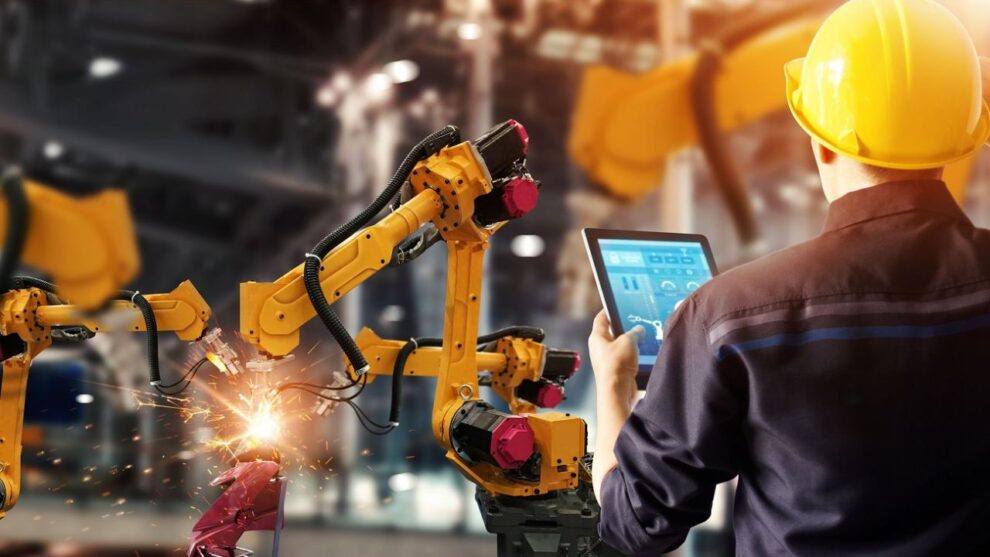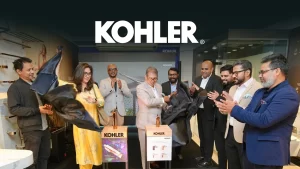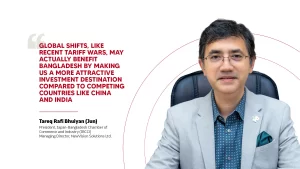What comes to your mind when you hear the word “robot”? Are they the autonomous machines that encompass the entirety of large factories churning out massive quantities of similar (usually of the fast moving consumer kind) and dissimilar (the more customized offerings) goods? A solid case can be made for such industrial machine types such as the SCARA, Cylindrical or Delta. How about other implements, ones we encounter more frequently in our daily lives? Is the modern day smartphone a robot? Probably not since it is primarily still a device used for communication on the move albeit with similar applications akin to a mini-supercomputer. Or maybe your own car with all of its gadgets and tools? We can possibly rule out regular sedans but what about the self-driving car? The driverless vehicle is one of the many futuristic contraptions that exist in the world today which can be classified as robots or, at the very least, robotics. But there is a distinction between the two, however minuscule.
According to the Merriam-Webster dictionary, a robot can be classified or defined as one of the following:
● A machine resembling a living creature in being capable of moving independently
● A device that automatically performs repetitive and complicated tasks
● A person who resembles a machine in seeming to function with automation and without emotion
The first of the aforementioned definitions denotes the metal based creations which have become commonplace in technological circles. Just recently in 2018, North South University students part of the Computer and Engineering Club (NSUCEC) arranged the RoboQuest contest which consisted of a Robo Fight between machines of this variety. This newer fad seems to have been popularized by the advent of robot wars around the world as well as depictions of robo-warfare in popular media such as the Hugh Jackman film Real Steel. The second definition seems to signify the assembly line mass production robots seen in industrial spaces. Another example of such a robot type is the Cartesian which is the most commonly used one as it allows for greater flexibility but is also complex to initially assemble. The third definition is probably best described as an android – robots which resemble human features. Well-known films such as renowned director Ridley Scott’s Prometheus had one such android named David (played by the brilliant Michael Fassbender) and during the course of the feature, both the positives and negatives of such humanoid figures became quite apparent.

Robotics, on the other hand, is one of the interdisciplinary sectors of engineering and science devoted to the design, manufacture and use of robot technology as well as automation (sensors, control, and actuators) technology. An almost astounding example of this is the robotic inguinal hernia repair which has been beneficial when operating on obese patients and resulted in fewer post-operative complications. The research and development in the robotics sector, which is a market expected to triple from an approximate $98 billion in 2018 to $275 billion by 2025, has always led to progressive inventions resulting in newer robot technology. It can be said that robotics facilitates the use of robots in the modern world. Even the artificial intelligence forms such as Alexa or Siri that we are acclimated with today for any (and every) thing can be traced back to the beginnings of early robotics advancements such as the Stanford Research Institute developed robot ‘Shakey’ which was the first robot that used an artificial intelligence planner to gather images of its surroundings and map a route to a specified location. Not only that, the increasing influence of robotics, and hence robot technology, has also found its way into one of the most unlikely of sectors to embrace such automation – agriculture. Farms, historically one of the most labor-intensive (or at least supported only by simple machines), have now become one of the newest believers in the science behind and perks of using robots in breeding the plants of tomorrow. This practice is in its infancy in the Illinois state of the USA and may become the next step in an agricultural revolution taking place as a new age of breeders utilize autonomous robots to maximize their output and efficiency, two concepts not often prioritized in the more traditional farming practices.

While the benefits and positives are there to see for all, the increasing dependence on robots and robotics may lead to some hazardous outcomes. Maybe it is my own paranoia cultivated from watching too many sci-fi television shows like Westworld where the ills of technological over-indulgence are spectacularly realized. Moreover, one of my earliest (and definitely the most impactful) interactions with robots came when I saw Terminator 2 – a movie that created both an appreciation and distrust of robots in my mind. Arnold Schwarzenegger’s iconic turn as the T-800 may have been the coolest thing of the 90’s (and possibly EVER, who are we kidding?) to ever grace the silver screen but the rapid digitization and eerie similarities of the technology of today to the kinds employed by SkyNet to bring about Judgment Day for humankind also left its mark on my young mind. Are we truly doomed to become slaves of the robots we create? How much intelligence can be artificially created using supercomputers before that intelligence super-cedes even the capabilities of a human being that originally generated it? Or are we in store for an ultimate ally in robots and robotics for eternity? I, for one, am certainly hoping for a more Transformers (Robots in Disguise!) narrative when it comes to our dealings with robot technology and robotics than a Terminator-esque dystopia, that’s for sure.






